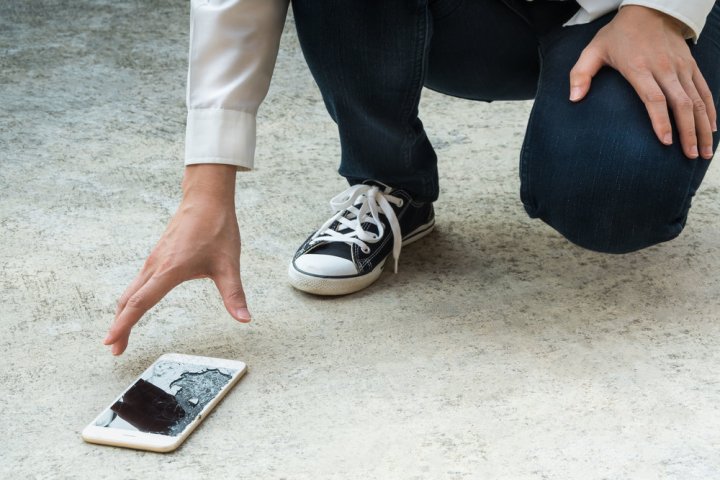
With CES 2019 in full swing and Otterbox busy announcing a partnership with Popsockets, you wouldn’t expect any non-CES announcements to slip out. But Otterbox has been a very busy bee indeed, and it’s just announced a partnership with Corning that will lead to a new range of screen protectors called Amplify.
Few details on the range outside of the “Amplify” name have been released, but it seems Otterbox is looking to combine its experience with protective cases with Corning’s extensive expertise in creating scratch-resistant and strong smartphone glass. While modern smartphone screen protectors are still reasonably protective, Otterbox and Corning want to push the humble protector to new heights, promising “longer-lasting protection and durability,” and “improved transmission [touch sensitivity] and scratch resistance.”
These are sky-high claims to make, but Corning could be the company to make it happen. If you’re not familiar with Corning and its history, it makes Gorilla Glass — otherwise known as the glass that probably covers your current smartphone’s display. While other options are available, Gorilla Glass is the most common protective glass for smartphones, and it’s well known for being tough and heavily resistant to scratches — and Gorilla Glass 6 is set to be even more protective. Otterbox is likely to be familiar to most people, being one of the foremost creators of protective cases on the market, and claims to be the No. 1 selling protective case brand in the U.S.
Otterbox currently sells its Alpha Glass screen protectors for a wide range of smartphones, and it’s possible Amplify won’t replace Otterbox’s solo project, and may simply offer more choice for customers. It’s also possible the Amplify range will be more selective than Alpha Glass, and only be available for more premium phones at a more premium price. Otterbox and Corning have released that they are looking at releasing Amplify screen protectors for Apple’s iPhone range and Samsung Galaxy devices, but we expect to hear more details as the project advances.
The choice of screen protection or not has long been one of personal taste, and many forgo extra protection fearing that an extra layer of glass (or film) will reduce the look or feel of their device’s display. With Corning’s expertise teamed up with Otterbox’s cases, the Amplify range could be an antidote to assuage those fears.
Editors' Recommendations
- iOS 18 could make my iPhone look like Android, and I hate it
- This is what an iPhone looks like after a year with no screen protector
- Apple and Google are teaming up to make tracking devices less creepy
- Apple vs. Samsung: Who has the best lock screen customization in 2022?
- You’re ruining your iPhone 14 Pro if you turn off the always-on screen

